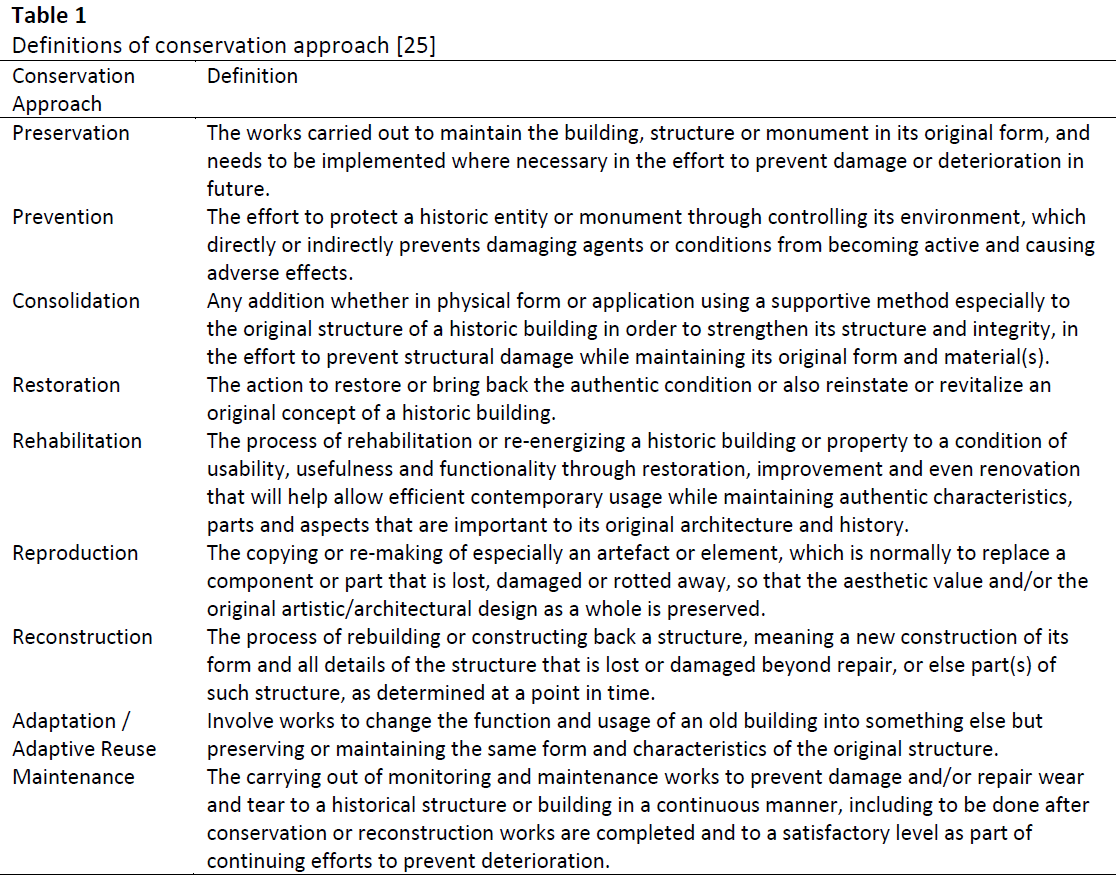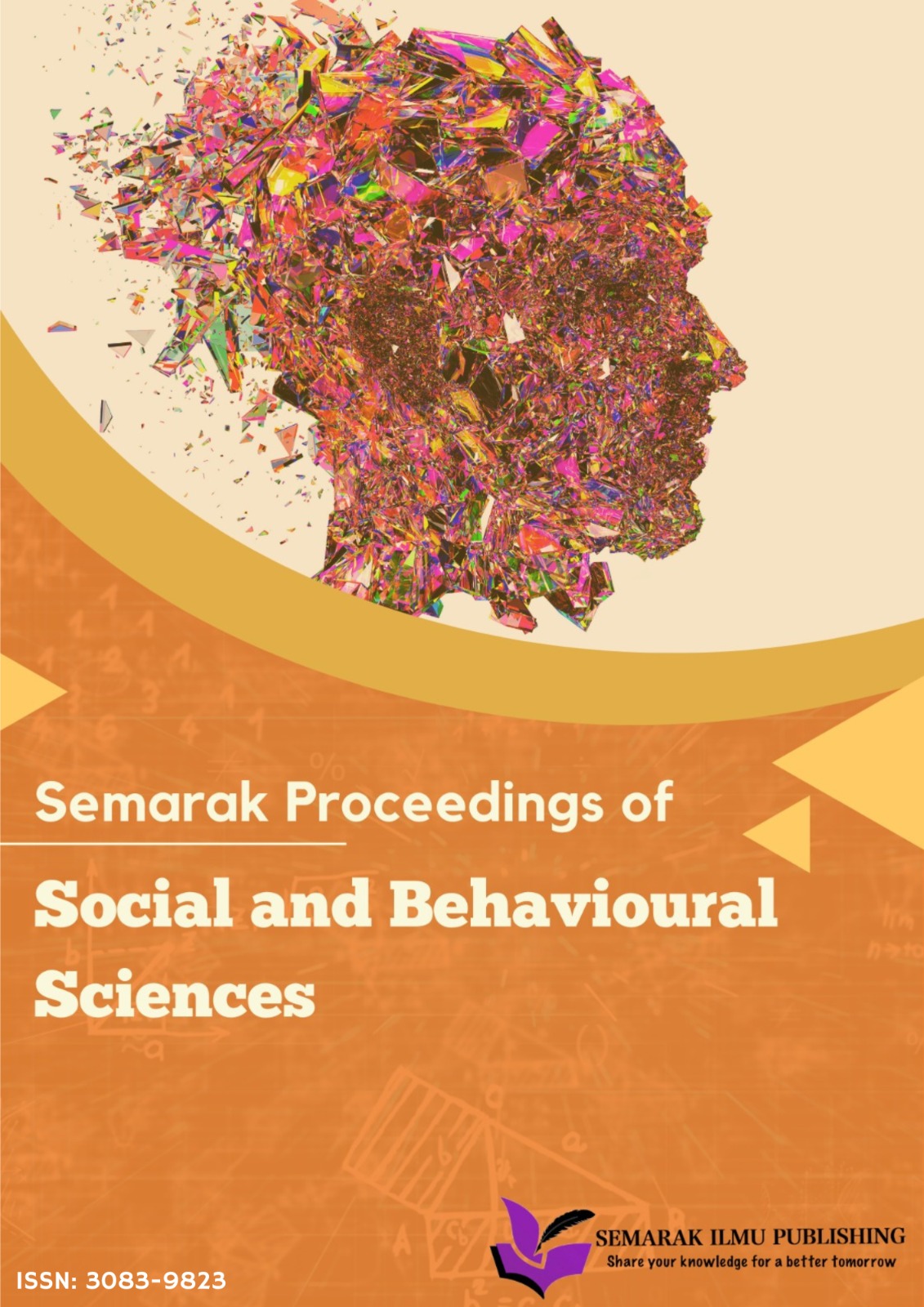A Review on Conservation Approaches of Timber Heritage Buildings
DOI:
https://doi.org/10.37934/spnes.3.1.3239aKeywords:
Conservation, Timber heritage, Heritage buildings, Conservation approachAbstract
Timber heritage structures represent a significant aspect of cultural heritage, encompassing architectural, historical, and social dimensions. This category of timber heritage includes traditional Malay houses, palaces, and mosques. These timber heritage structures are crucial for maintaining cultural identity and showcasing distinctive architectural methods; however, they encounter numerous preservation challenges, including deterioration, pest infestations, and exposure to environmental factors. Conservation approaches are employed to safeguard these structures, allowing future generations to admire their aesthetic appeal, craftsmanship, and historical importance. The conservation of heritage buildings plays a significant role in furthering Sustainable Development Goals (SDGs), particularly in fostering sustainable urban environments and encouraging responsible consumption. These efforts also support education, community enhancement, and economic development, in alignment with the 11th SDG. Subsequently, it is crucial to implement suitable measures for the preservation of historic buildings to prevent their neglect. An efficient conservation approach is crucial for the sustained preservation of these structures. This research explores the diverse conservation approaches employed to maintain timber heritage buildings, emphasizing both traditional and contemporary techniques. The findings illustrate the specific conservation approach applied to each timber heritage building, considering its historical context, present condition, and geographical setting. Among the conservation approaches detailed in the guidelines provided by the National Heritage Department, relocation emerges as the most implemented approach. Traditional Malay timber buildings are built using methods that enable the buildings to be disassembled and reinstalled, and relocation is used as a conservation approach for these structures to a more suitable area.









